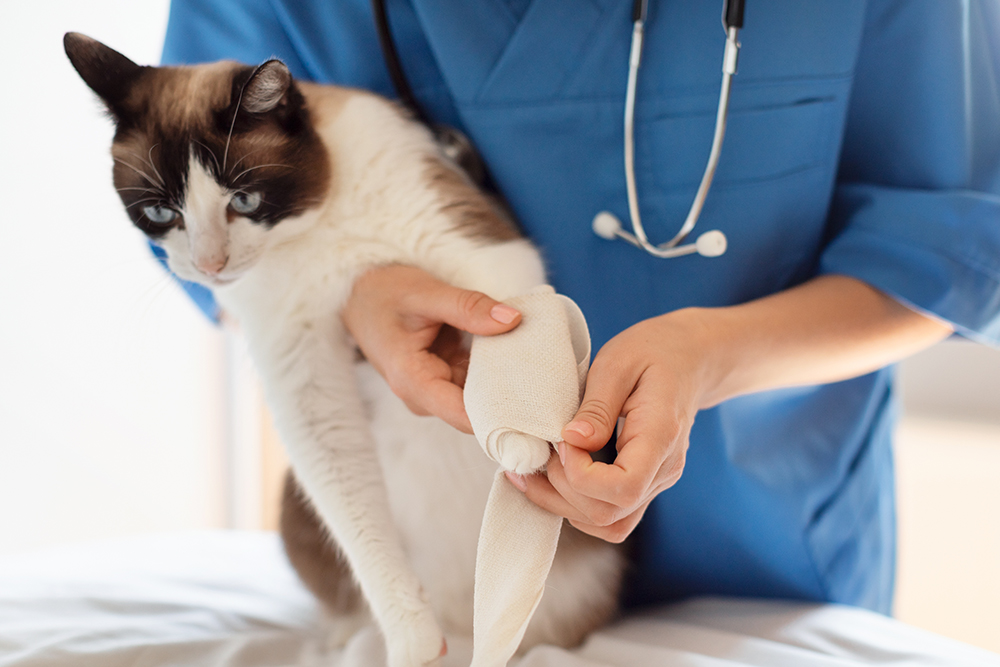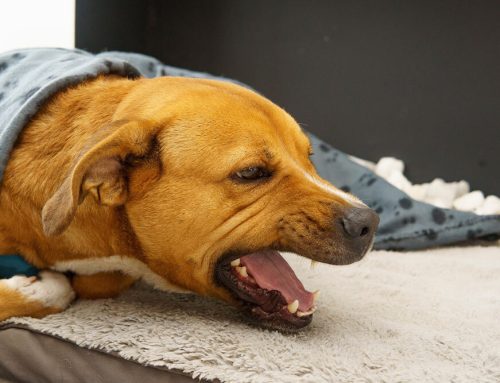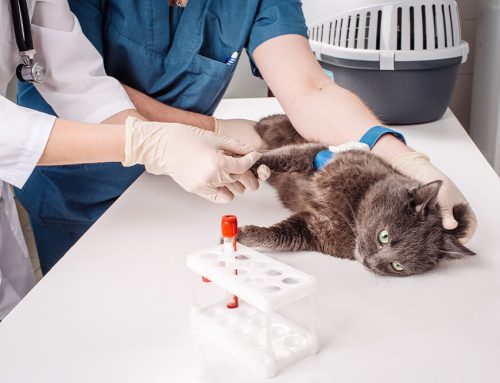When Pets Limp, Every Step Matters: How We Help Them Heal
Your dog gets up from a nap and suddenly favors one leg, or your cat lands awkwardly after a jump. Limping can result from something simple like a sore paw or something more serious such as joint disease or injury. But how do you know how serious the injury is? Diagnostic tools like X-rays and lab tests reveal the cause so treatment can begin quickly.
At the Animal Medical Center of Marquette in Michigan’s Upper Peninsula, pets benefit from advanced technology and modern pain relief options like laser therapy, Solensia, and Librela. Our team focuses on accurate diagnosis, compassionate care, and treatments that help pets regain comfort and mobility safely.
Limping in Pets: A Common Diagnosis With Many Causes
Limping is one of the most frequent reasons pet owners visit the veterinarian. When a pet suddenly refuses to bear weight or moves stiffly, it signals discomfort, pain, or instability. Some causes resolve with rest, while others require immediate medical attention to prevent long-term damage.
Common Causes of Limping
- Cruciate ligament injuries are among the most frequent causes of sudden lameness, particularly in active or overweight pets. A canine cruciate ligament injury causes knee joint instability, pain, and swelling that worsen with movement.
- Arthritis and degenerative joint disease develop gradually and can affect any age group. Arthritis in cats may appear as reluctance to jump or stiffness after naps. Osteoarthritis in dogs and cats often leads to persistent pain and reduced activity if untreated.
- Patellar luxation, or kneecap dislocation, occurs most often in small dogs. It can cause skipping, intermittent limping, or sudden refusal to use one leg.
- Wounds and infections are common in outdoor pets. Bite wounds or cat abscesses cause swelling and tenderness near the injury site, sometimes producing a visible limp.
- Foreign bodies such as foxtails, thorns, or glass can embed in paws and cause irritation, pain, or infection until removed.
- Tick-borne diseases, including Lyme disease, may cause shifting leg lameness, fever, and lethargy. Because signs can come and go, blood testing is essential for diagnosis.
Less Common Causes
- Panosteitis, or “growing pains,” affects large-breed puppies and can cause intermittent, shifting leg pain.
- Immune-mediated polyarthropathy and rheumatoid arthritis lead to inflammation in multiple joints and often require long-term management.
- Osteosarcoma, a type of bone cancer, usually begins as subtle discomfort but can progress to severe pain and swelling.
- Muscle tears or tendon strains result from sudden bursts of activity or athletic movement and may cause visible swelling or tenderness.
Why Early Intervention Matters
Even mild limping can progress to chronic pain or secondary injuries if left untreated. Early evaluation helps identify problems such as infection, arthritis, or fracture before permanent damage occurs. Addressing lameness quickly also prevents compensation injuries in other limbs and reduces the need for more invasive care later.
Diagnostic Tools for Limping Pets
Accurate diagnosis is the foundation of effective treatment. Because lameness can originate from bones, joints, muscles, or nerves, a detailed exam and the right diagnostic tools are essential to determine the cause.
Our clinic may recommend imaging or laboratory testing to fully assess your pet’s condition and develop a precise treatment plan.
Imaging Techniques
- X-rays detect fractures, arthritis, or joint misalignment and are often the first step in evaluating lameness.
- Ultrasound provides a detailed view of soft tissues such as ligaments, tendons, and joint capsules and helps monitor healing progress.
- MRI scans identify spinal, nerve, and soft-tissue causes of pain, while CT imaging offers 3D visualization of bone structures and hidden fractures.
Laboratory Testing
Bloodwork and specialized tests reveal underlying issues that imaging alone cannot detect.
- CBC and chemistry panel to check for infection, organ health, and inflammation.
- Tick-borne disease testing to identify infections such as Lyme or ehrlichiosis that can cause joint swelling.
- Autoimmune and joint fluid analysis to evaluate inflammatory or infectious arthritis.
Combining imaging with lab results allows veterinarians to diagnose both mechanical and systemic causes of lameness accurately.
Treatment Options for Limping Pets

Once the cause is identified, treatment focuses on pain relief, healing, and long-term mobility. Most recovery plans include medication, rehabilitation, and supportive home adjustments.
Medical Interventions
Anti-inflammatory medications help reduce swelling and improve comfort. For chronic pain, injectable therapies such as Solensia for cats and Librela for dogs provide month-long relief by blocking pain signals. These options are safe for long-term management and allow pets to remain active with fewer side effects.
Surgical Techniques
When structural damage such as ligament tears or severe hip dysplasia is present, surgery may be necessary to restore function. At the Animal Medical Center of Marquette, advanced surgical care combines precision imaging, skilled anesthesia, and detailed recovery protocols to ensure the best outcomes. Post-surgical rehabilitation helps rebuild strength and stability safely.
Therapeutic and Non-Invasive Solutions
- Laser therapy increases blood flow, decreases inflammation, and promotes tissue healing for both acute injuries and chronic pain.
- Rehabilitation involves targeted exercises, hydrotherapy, and balance work to improve strength and mobility. Regular rehab sessions are especially beneficial for older pets, post-surgical patients, or those with arthritis.
These therapies support recovery without adding stress or requiring invasive procedures, helping pets return to comfortable movement sooner.
When to Seek Emergency Care
Seek immediate veterinary evaluation for sudden or severe limping, refusal to bear weight, visible swelling, or lameness accompanied by fever or lethargy. The Animal Medical Center of Marquette provides emergency care during business hours and coordinates referrals after hours when needed.
Prevention: Keep Joints Healthy and Pets Moving
Preventive care is the best way to maintain mobility and avoid future injury. Regular exams at our AAHA-accredited practice allow veterinarians to detect early signs of arthritis, ligament strain, or muscle weakness.
At home, maintain a healthy weight to reduce stress on joints, provide traction on slippery floors, and limit high jumps from furniture. Gentle daily exercise, such as walking or swimming, strengthens muscles and improves joint flexibility. Balanced nutrition and joint supplements recommended by your veterinarian can also help preserve long-term comfort.
Getting Your Pet Back on Track
Whether it’s a minor paw injury or chronic arthritis, accurate diagnosis leads to faster healing. At the Animal Medical Center of Marquette, our Fear Free and Cat Friendly certifications ensure low-stress visits for every patient.
If your pet is limping, hesitant to move, or showing signs of pain, call (906) 256-3293 or schedule an appointment. Our team is here to identify the cause, provide relief, and restore your pet’s comfort and mobility.










Leave A Comment